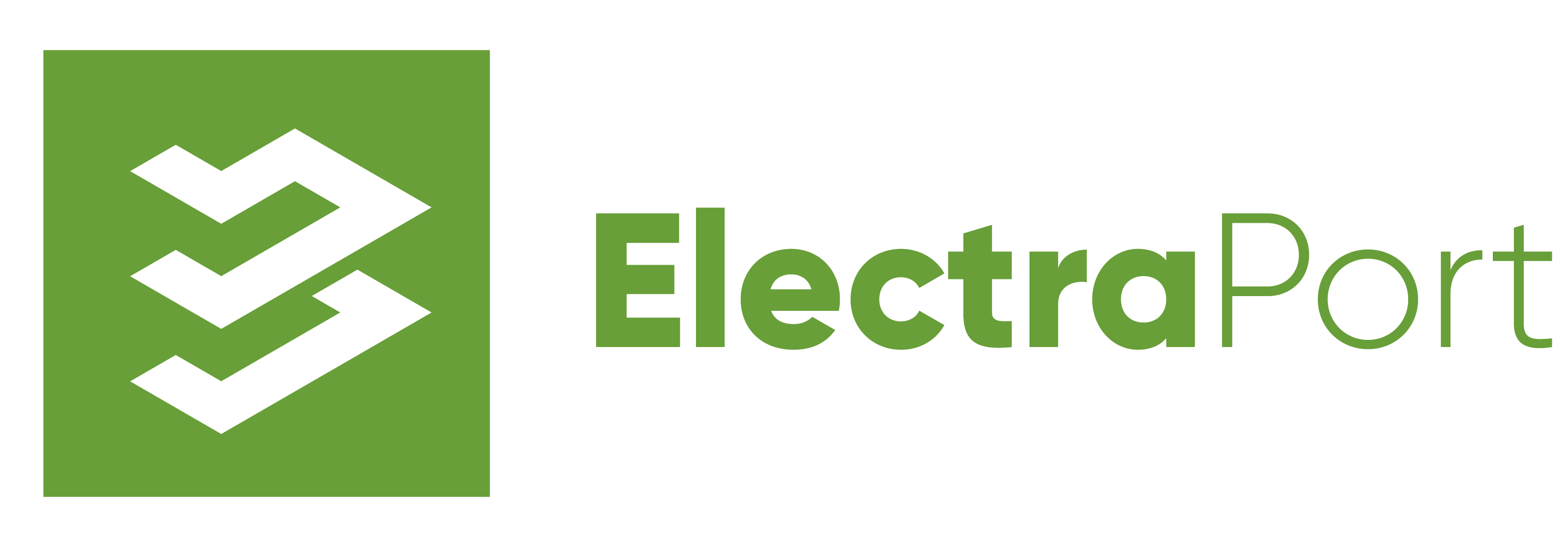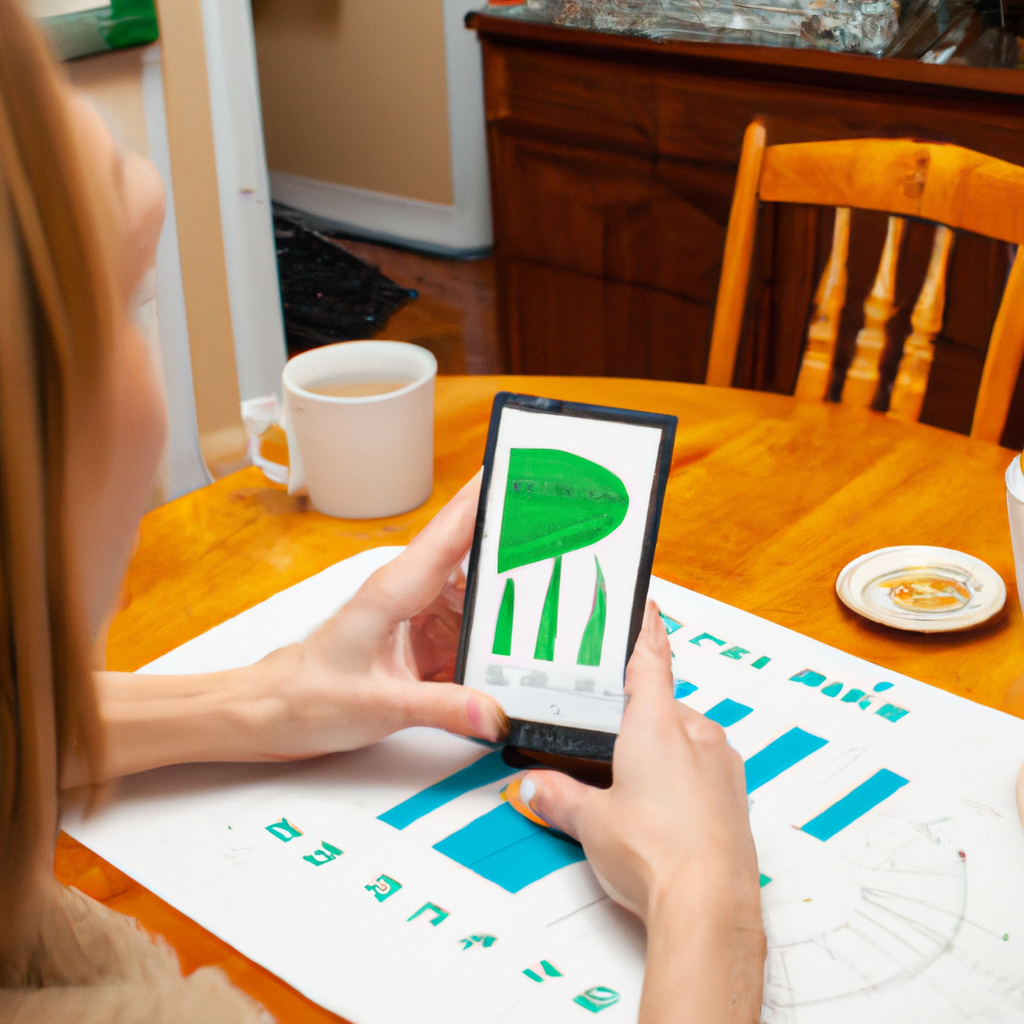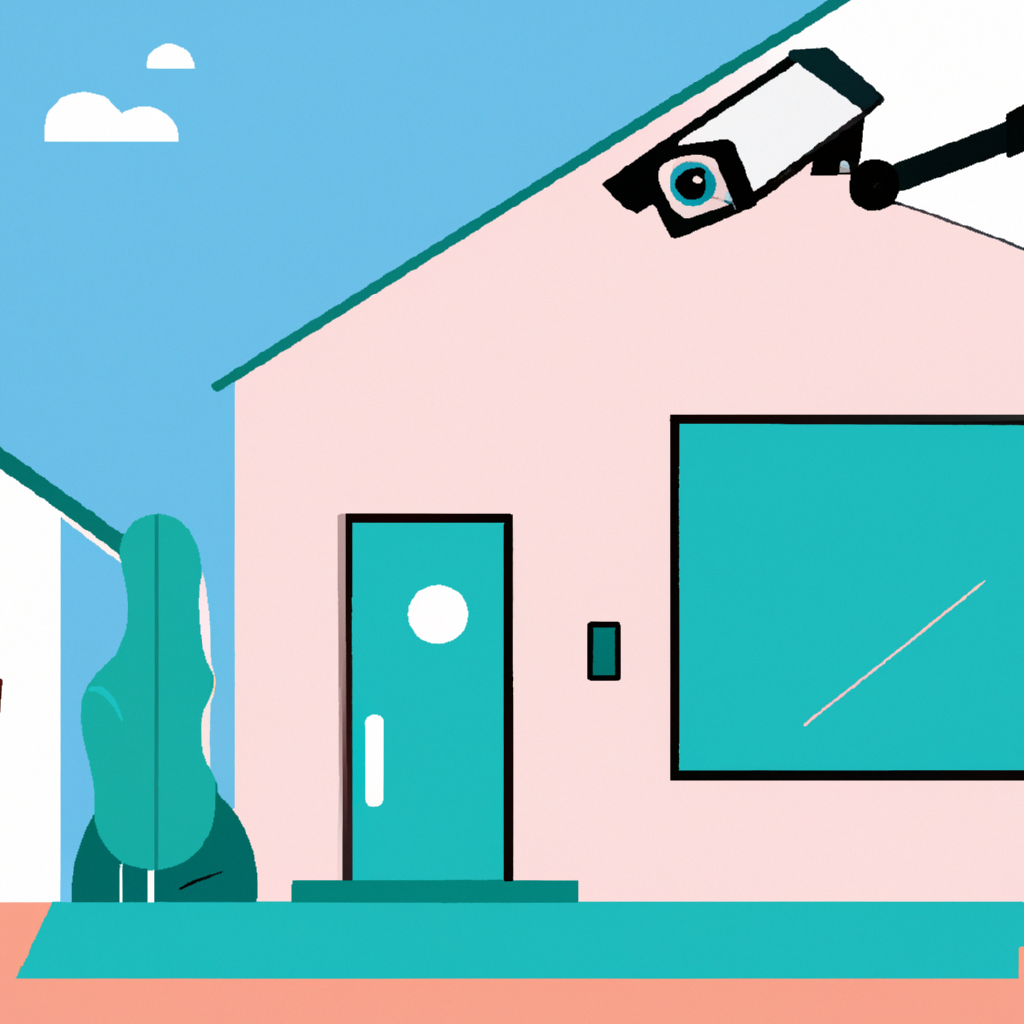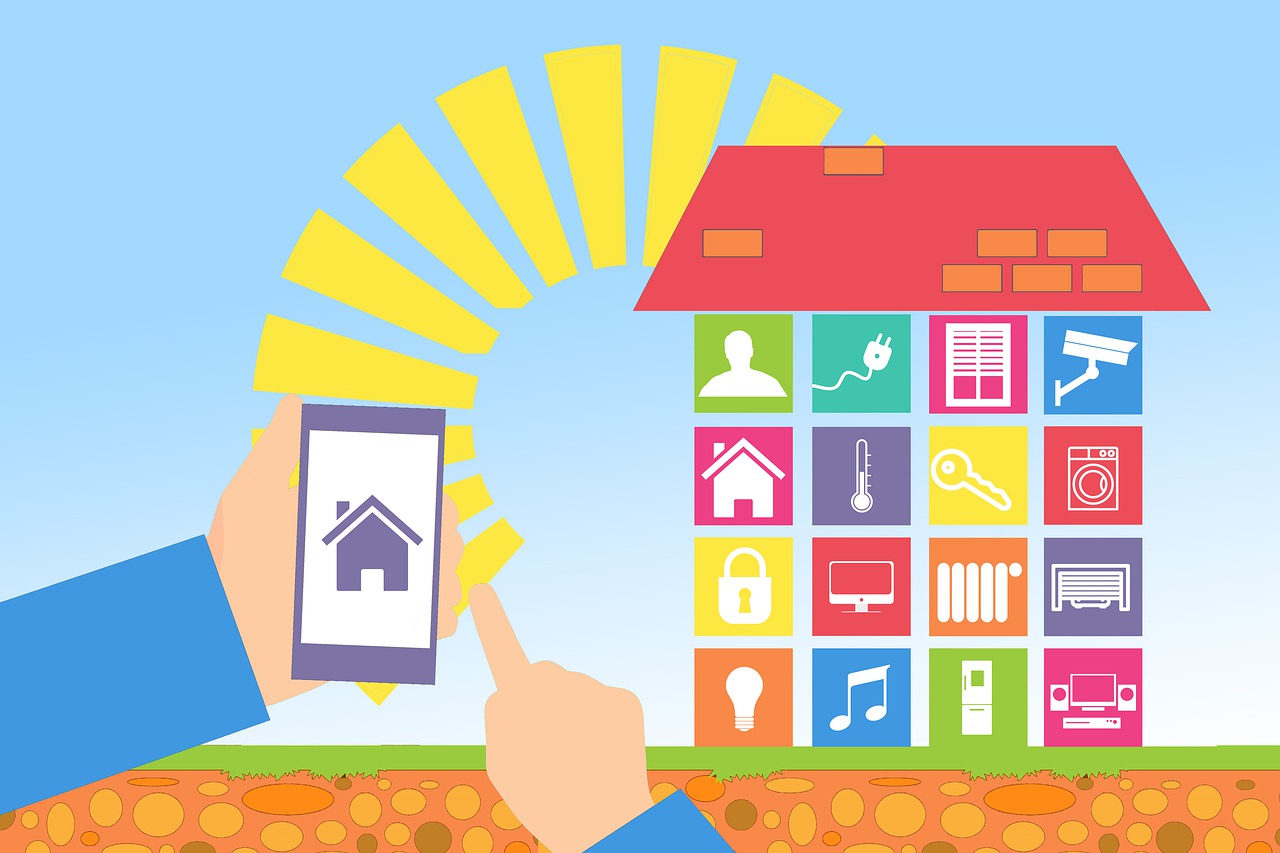The idea of digital transformation is revolutionizing the business landscape, ushering in a new era of data-driven decision-making. The core idea is that we can now track things with hard data that used to be difficult to measure before. For example: what percentage of time are the lights in my office on? How much energy does our refrigerator use? How many times a day does our front door open and close?
For me, generating reports on this type of data wasn’t the primary goal of the project, but finding ways to reduce the spend on our electrical bill was and is. In that case, the dollar amount of the bill is a primary performance indicator – did the bill go down month over month and stay there, or did it stay the same? No additional report is needed to figure out that reality. But understanding the things that are running and costing us money is a useful step in making the cost reductions a reality.
From that standpoint then, we can see the usefulness of a report that shows the top devices in the environment by percent time on. Much of the waste in our household is from lights, TVs, and other devices being left on when not in use. If the home is equipped with motion detectors for alarming, the element of whether the room is occupied can begin to be recorded and factored in. Being able to see this information lets us know where the problem behaviors lie.
This can also be true of water usage. While not typically one of the first places homeowners start to install smart equipment, the plumbing system offers lots of areas for waste in the form of water leakage. Smart watering systems in the yard can help conserve resources there, especially in conjunction with strategically-placed moisture level detectors. For those of us who pay for public water, measuring and managing this consumption can be just as important as electricity.’
Data can also be valuable when it’s related to consumables. Being able to accurately track consumption leads to automation of ordering and delivery. Wouldn’t it be nice to only have to worry about going to the grocery store for the edge cases and unpredicted needs? As humans, we do tend to have a lot of items that we consume on a regular basis within our home. For example, our house uses 3 cans of wet cat food a day like clockwork (4:30pm, to be precise, since the cats won’t let us be late). We go through an air conditioning filter once a quarter. We use a gallon of milk about every 5 days. Ordering for all of these types of things can be automated in such a way that we don’t end up with overages and we don’t run out under normal circumstances. One of the biggest time (and therefore money) wasters for us is the trip to the store when we realize we’re out of something important and consumable, and then we end up with $85 worth of other items we didn’t intend to buy.
A well-planned and integrated smart home makes for a great demo of the automations that we’ve created in it. It can also result in significant savings of time and money for the family occupying the home.





Leave a Reply